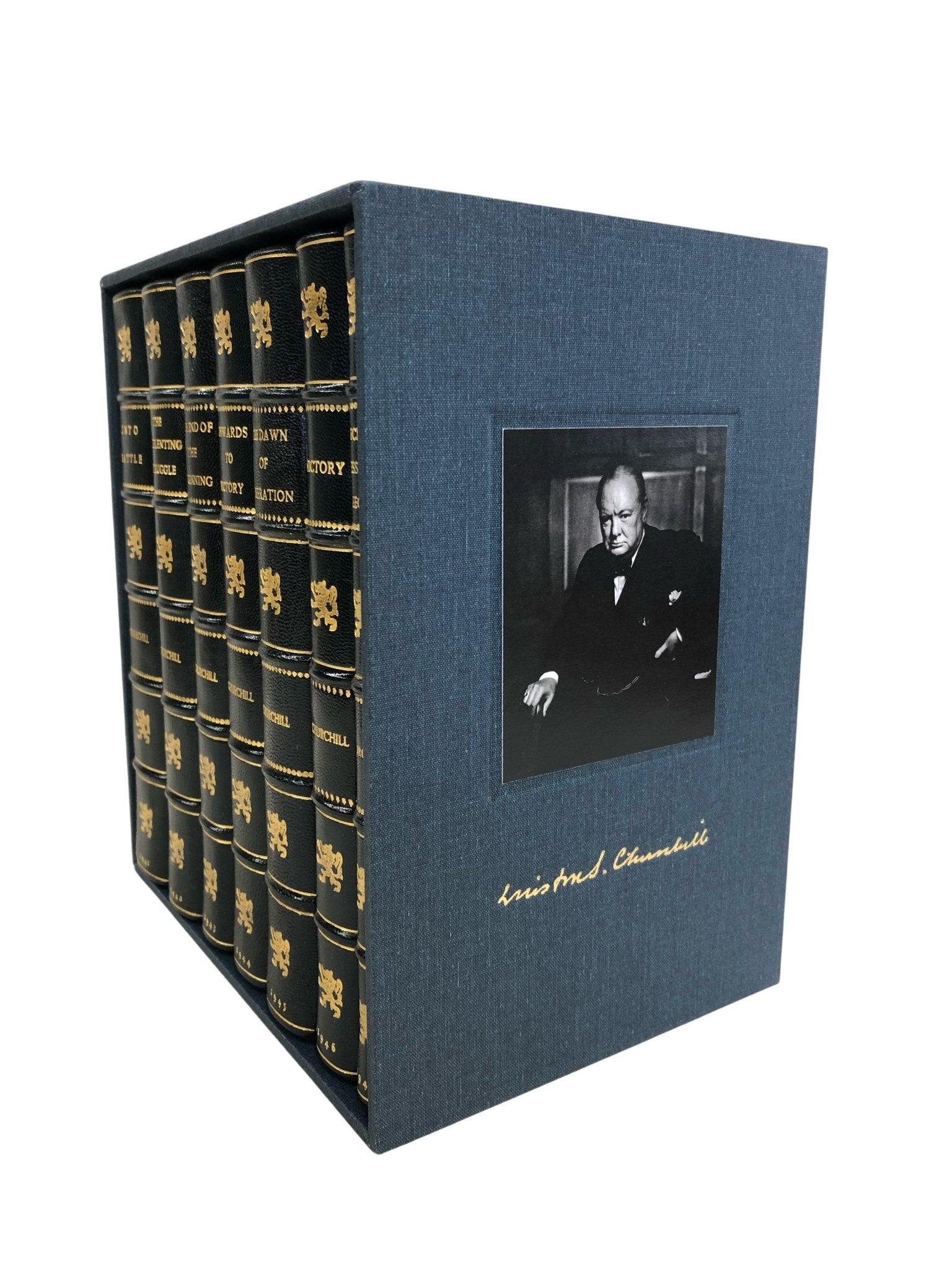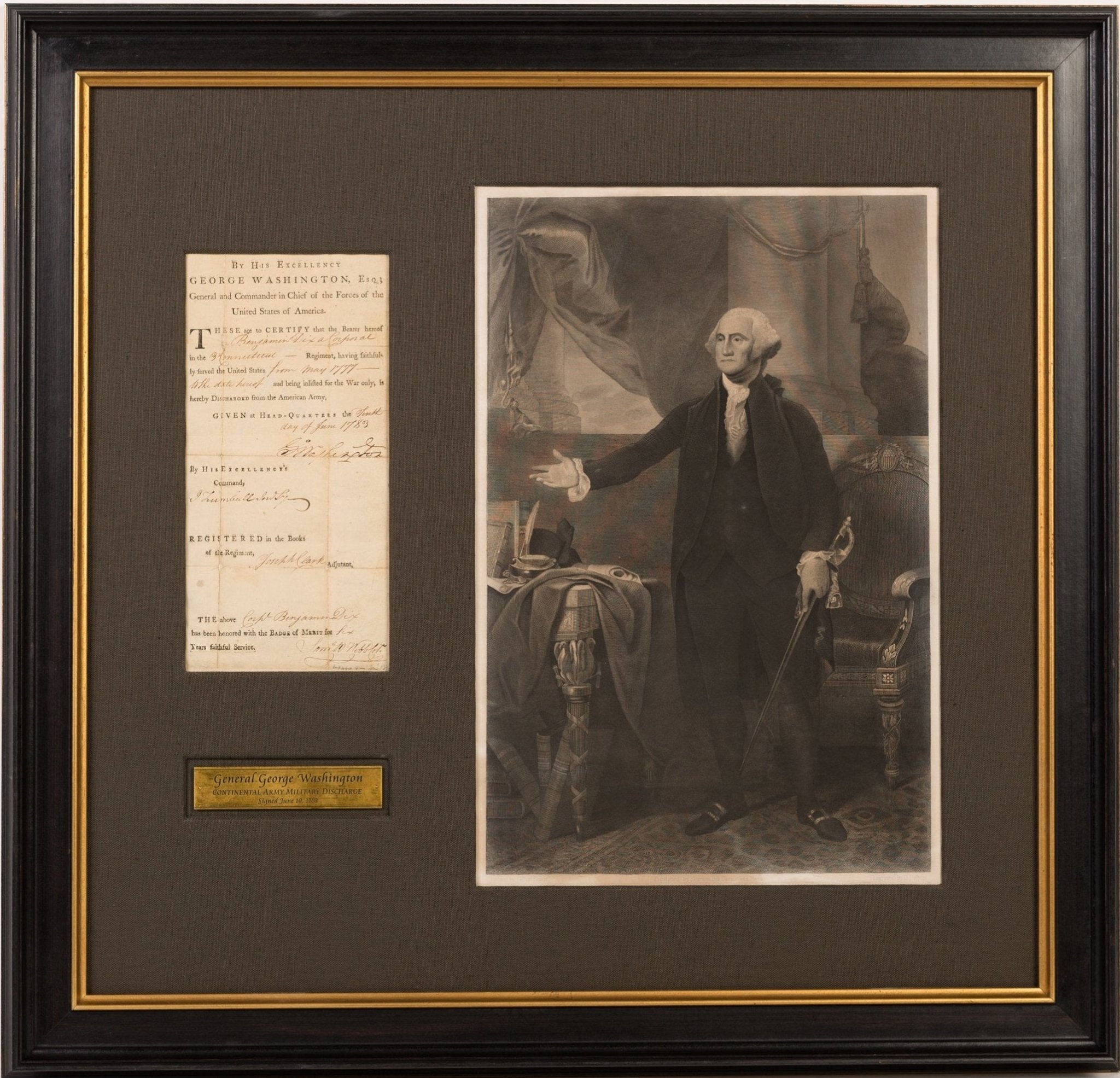Black History Month: Original Signatures from Jazz Greats
In celebration of Black History Month this February, take a closer look at incredible pieces from jazz legends Louis Armstrong, Ella Fitzgerald, and Duke Ellington.
Musical Legends
Duke Ellington Signed Photograph, 1932
Presented is a handsome autographed and inscribed photograph of jazz singer, songwriter, and pianist Duke Ellington, from 1932. Ellington signed and inscribed the photograph at bottom right in blue ink, "To Artie, Best wishes, Duke Ellington." The photo is dated at the bottom in an unknown hand "1932." This vintage photograph was taken by Maurice of Chicago, with the photographic studio stamp at bottom left.
--
Ella Fitzgerald and Louis Armstrong Signed Collage
This is a custom-built collage featuring elements relating to jazz legends Louis Armstrong and Ella Fitzgerald. The featured items include a Louis Armstrong signed publicity photo, an Ella Fitzgerald signed and inscribed publicity photo, a pamphlet featuring both Fitzgerald and Armstrong from their shared record, and the "Moonlight in Vermont" UK Record, Circa 1956.
--
Jazz is a music genre that first originated in New Orleans, United States, among African-American communities. It originated in the late 19th and early 20th centuries, and developed from styles such as the blues and ragtime. Jazz is seen by many as "America's classical music" and became popular in performances, movies, TV, and more.
The Roaring Twenties, the decade of the 1920s in America, was commonly known as the Jazz Age. It became a time when jazz was recognized as both a popular style of music and a form of self expression. The style emerged from traditional and popular musical styles that were transformed by the African-American communities in the South.
Jazz is easily recognizable for its elements of swing, call and response vocals, and essential improvisation. Similar to African-American music traditions of blues and ragtime, jazz incorporates musical patterns and a streamlined blend of instrument, band, and voice.
“Jazz can express many different emotions, from pain to sheer joy. In jazz, you may hear the sounds of freedom-for the music has been a powerful voice for people suffering unfair treatment because of the color of the skin...” (NMAH).
Duke Ellington 1963 Jazz Concert Poster
This is a 1963 jazz music event poster for a concert for Duke Ellington and His Orchestra in Dusseldorf, Germany on February 17, 1963.
--
Louis Armstrong Fountain Pen
This "Louis Armstrong" limited edition, one-of-one fountain pen was designed by miniature artist Lynn Peterson and inspired by Mardi Gras, jazz, and music legend Louis Armstrong.
The Growth of Jazz
At first, jazz was mostly played for dancing and upbeat gatherings. Early forms were light and happy, encouraging parties and dances to break out. Later, people would sit and listen to it in a more reflective way, and jazz embodied emotions of longing, sadness, love, as well as happiness or joy.
The first real recordings of jazz were produced around the year 1917. Jazz began to spread throughout different parts of the United States and later reached further across the world. Jazz legends such as Duke Ellington and Louis Armstrong traveled and toured across the world.










